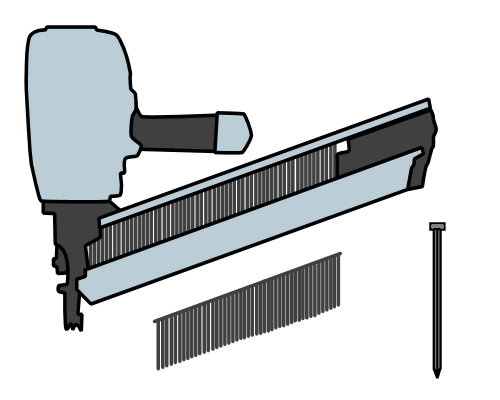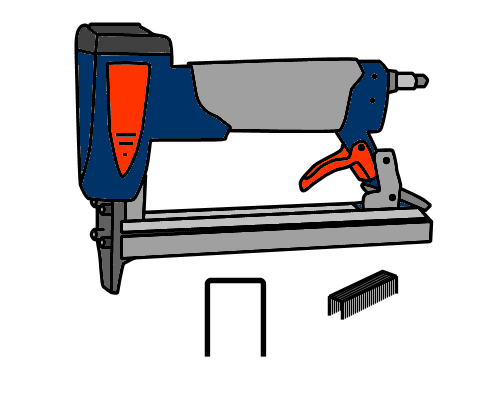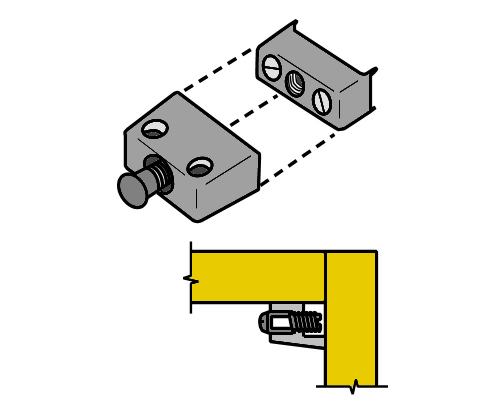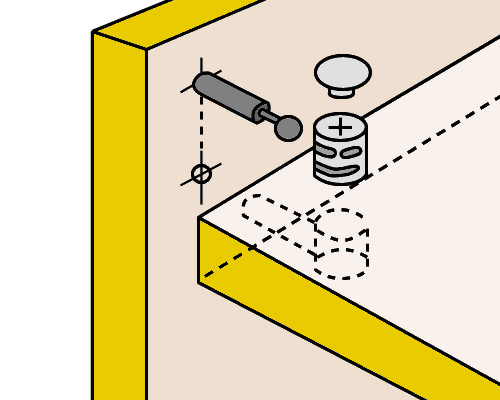Joints and fasteners
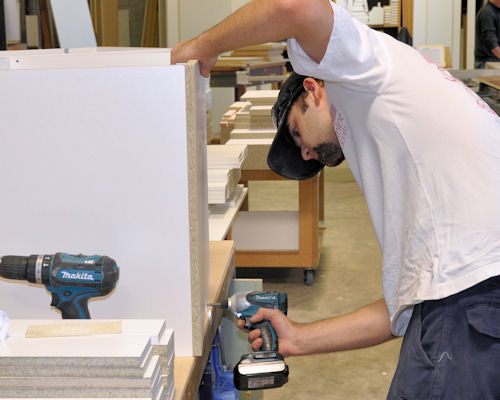 Audio for slide 1 (mp3 |6|KB)
Audio for slide 1 (mp3 |6|KB)
These days most of the traditional joints used in cabinetmaking have given way to simple butt joints fixed with screws or nails.
This is because the streamlined designs of modern cabinets allow the fastener heads to be hidden or covered with plastic caps.

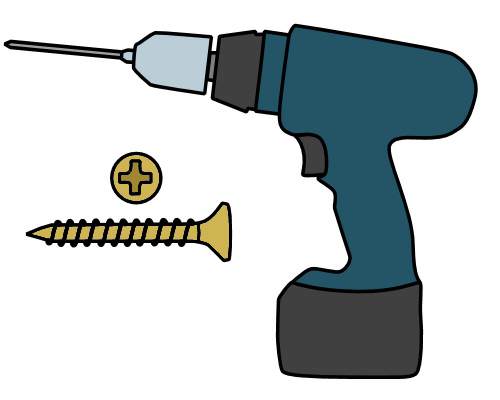 Audio for slide 3 (mp3 |6|KB)
Audio for slide 3 (mp3 |6|KB)
Conventional fasteners
Chipboard screws can be used with most types of manufactured boards, but are designed particularly for particleboard.
They differ from normal wood screws in having a coarser thread and no taper in the shank.
In the workshop you're likely to insert them using an air or battery powered variable-speed drill.

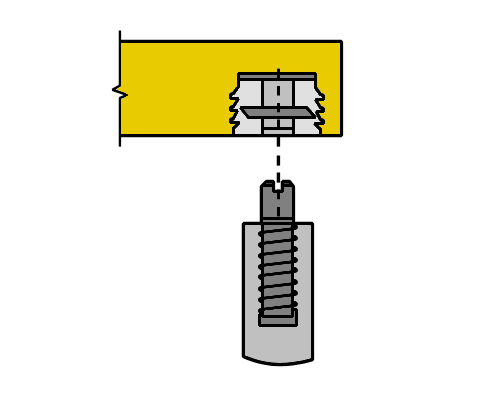 Audio for slide 6 (mp3 |6|KB)
Audio for slide 6 (mp3 |6|KB)
Knock-down fittings
There are lots of different knockdown fittings on the market, many of which have patented designs.
They can be divided into three main groups.
Quick assembly fittings generally use some form of press-stud action.
They often consist of an insert fixed into one component and metal dowel drilled into the other.

 Audio for slide 9 (mp3 |6|KB)
Audio for slide 9 (mp3 |6|KB)
System 32 construction
Knock-down fittings and the System 32 method of construction go hand-in-hand.
System 32 was developed in Europe to provide an efficient form of assembly for manufactured boards.
Its main characteristic is the rows of 5 mm holes drilled into the internal faces of all vertical panels - all spaced at 32 mm centres.
The holes are designed to house the hardware items used in the construction of the unit, including drawer runners, catches, hinges and adjustable shelf supports.


Learning activity
Audio 10 (mp3 |6|KB)You may use System 32 components at your workshop in particular cabinets or other units.
Even if you don't, you will have seen them used everywhere in flat-pack furniture products, such as those sold by Ikea.
Try to find at least one example of each of the following System 32 hardware items:
- shelf supports
- right angled brackets
- connecting screws (e.g. with an allen key head)
- bolt and cam fittings.
Take digital photos of your examples and share them with your trainer and other learners in your group.
If you don't have a camera or mobile phone to take the photos, do a line drawing of each one and label it with the correct name.




